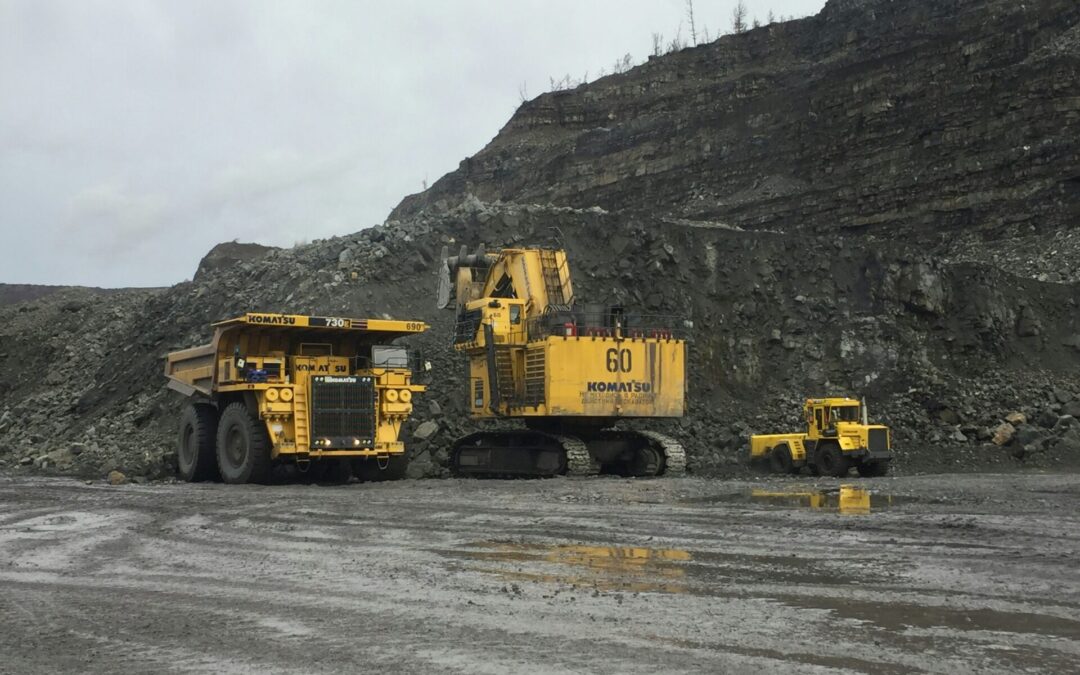The Mine Safety and Health Administration (MSHA) enforces strict safety measures to protect workers and requires specific training programs for various types of mining operations. One such program, MSHA Part 46 Training, is vital for above-ground, non-metal mining operations.
Consider MSHA Part 46 Training the essential playbook for mastering safety in above-ground, non-metal mining operations. It covers everything you need to keep your team in top form, including what the training includes, how long it lasts, and how it differs from Part 48 training. Your team will assess the best options for ensuring proper training and compliance.
Why is it called Part 46 Training?
MSHA designates Part 46 of its Code of Federal Regulations (CFR) as the section outlining the training program’s requirements. Part 46 of Title 30 of the CFR sets the regulations for training and retraining miners working in surface non-metal operations, including sand, gravel, surface stone, and surface clay mining.
In short, the name reflects the section of the legal framework that defines the standards and protocols for training designed to ensure safety in these specific mining operations.
Who Needs MSHA Part 46 Training?
MSHA requires Part 46 Training for all surface mining operations that extract non-metal materials. This includes a broad range of activities such as shell dredging, sand, gravel, surface stone, surface clay, colloidal phosphate, surface limestone, marble, granite, sandstone, slate, shale, traprock, kaolin, cement, feldspar, and lime extraction. If your operation involves any of these materials, every worker—new or experienced—must complete MSHA Part 46 Training.
New miners at these surface mines must complete 24 hours of training before working independently. This training provides them with the knowledge and skills needed to navigate the unique challenges of surface mining safely. Experienced miners must also take annual refresher courses to stay current with safety protocols and maintain their certification.
What is Generally Covered in MSHA Part 46 Training?
The MSHA Part 46 Training program is comprehensive, covering a wide range of topics that are vital for ensuring the safety and health of miners. The 24-hour new miner training typically includes:
- Overview of Surface Mining
- Health Hazards in Mining
- Electricity, Fire, and Explosives
- Mining Machinery and Equipment
- Materials Handling and Storage
- Mining Health and Safety Standards
- Hazardous Communication Standard (HAZCOM)
New miners are prepared for the various risks they may encounter in the mining environment and given the tools and knowledge to mitigate those risks through these topics.
For experienced miners, the 8-hour refresher course often includes:
- Mandatory health and safety standards
- Physical and chemical health hazards in the miner’s work area and protective measures against those hazards
- HAZCOM program
- Emergency/escape evacuation plans
- Firefighting
- Respiratory devices
- Maintenance and repair
- Training on hazards associated with equipment with the most fatalities, such as mobile equipment, conveyor systems, cranes, crushers, excavators, and dredges
The refresher course ensures that experienced miners stay informed about the latest safety practices and continue to perform their duties safely.

How Long Does MSHA Part 46 Training Take?
The duration of MSHA Part 46 Training depends on the miner’s experience level. Miners must complete 24 hours of training before they can start work at the mine. The first 4 hours of this training are held before their employment. A competent person supervises the miner as they complete the remaining 20 hours within the first 90 days.
For experienced miners, the minimum requirement is an 8-hour refresher course every 12 months. This ongoing training is vital for maintaining the miner’s certification and ensuring that they are up-to-date with the latest safety protocols and industry standards.
During normal working hours, miners are entitled to receive training, and they must be paid their regular rate for it. This ensures that all workers have access to the necessary training without financial hardship.
MSHA Training Part 46 VS Part 48
You may have heard of both MSHA Part 46 and Part 48–both training programs are designed for different types of mining operations.You must determine which training program is required based on the type of mine you operate. Part 46 applies to surface mines that extract non-metal materials, while Part 48 is required for underground mines and surface mines that extract coal, metals, and other specified materials.
For more detailed information on Part 48, check out our article on MSHA Part 48 Training.
How to Get Your Team Trained
There are a variety of ways to get your team trained in MSHA Part 46.
- Online Training: Third-party providers may offer online courses that cover all required topics for both new miners and refresher courses. This option is flexible and can be completed at your team’s convenience.
- In-Person Training: If your team prefers hands-on learning, in-person training sessions led by certified instructors are available. These sessions can be conducted on-site or at a designated training facility.
- On-the-Job Training: For new miners, the majority of the training can be completed while they work under the supervision of an experienced and competent person.
MSHA Safety Services can assist in setting up a training program that best suits your team’s needs. Whether you’re looking for online courses, in-person instruction, or a combination of both, it’s important to choose a training method that ensures comprehensive understanding and compliance with MSHA Part 46 requirements.
MSHA Certifications and Training Options for Part 46 Compliance
Meeting the training requirements set forth by MSHA Part 46 is essential for all above-ground, non-metal mining operations. With a range of training options at your fingertips, from online modules to hands-on sessions, you have the flexibility to choose the approach that best suits your team’s needs and schedules. Embrace the opportunity to not only meet regulatory standards but to enhance your team’s safety and efficiency on the job.

